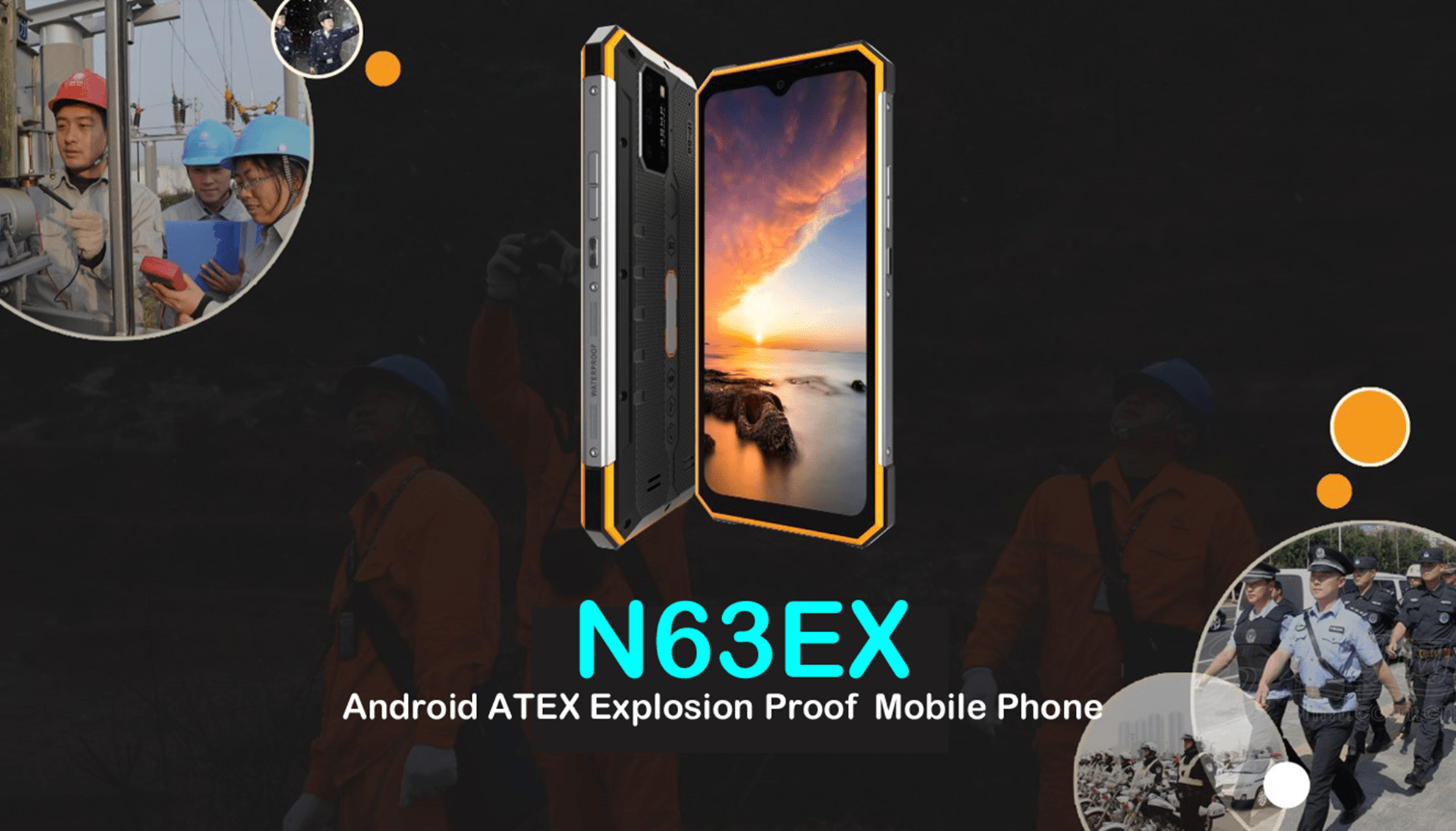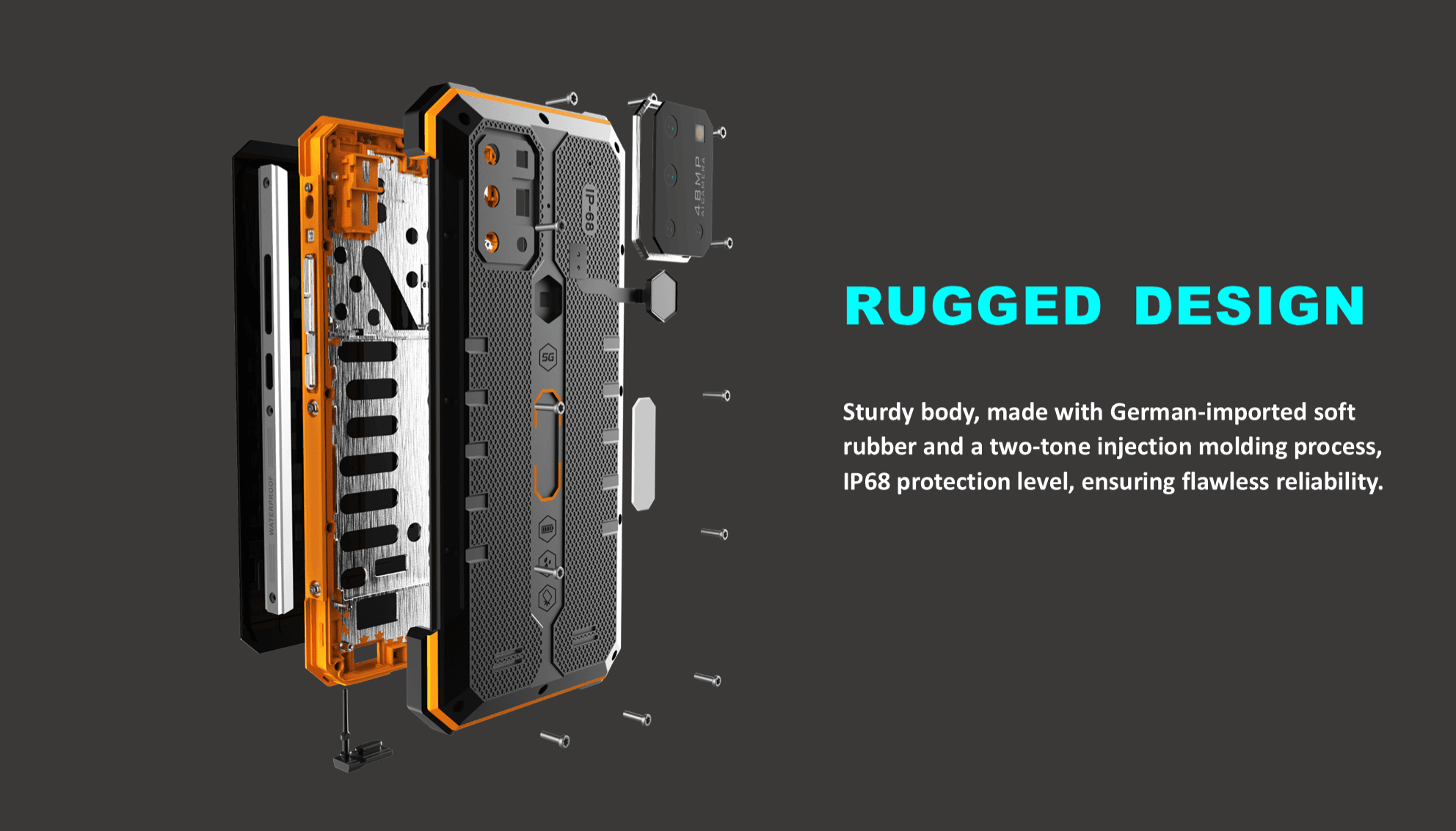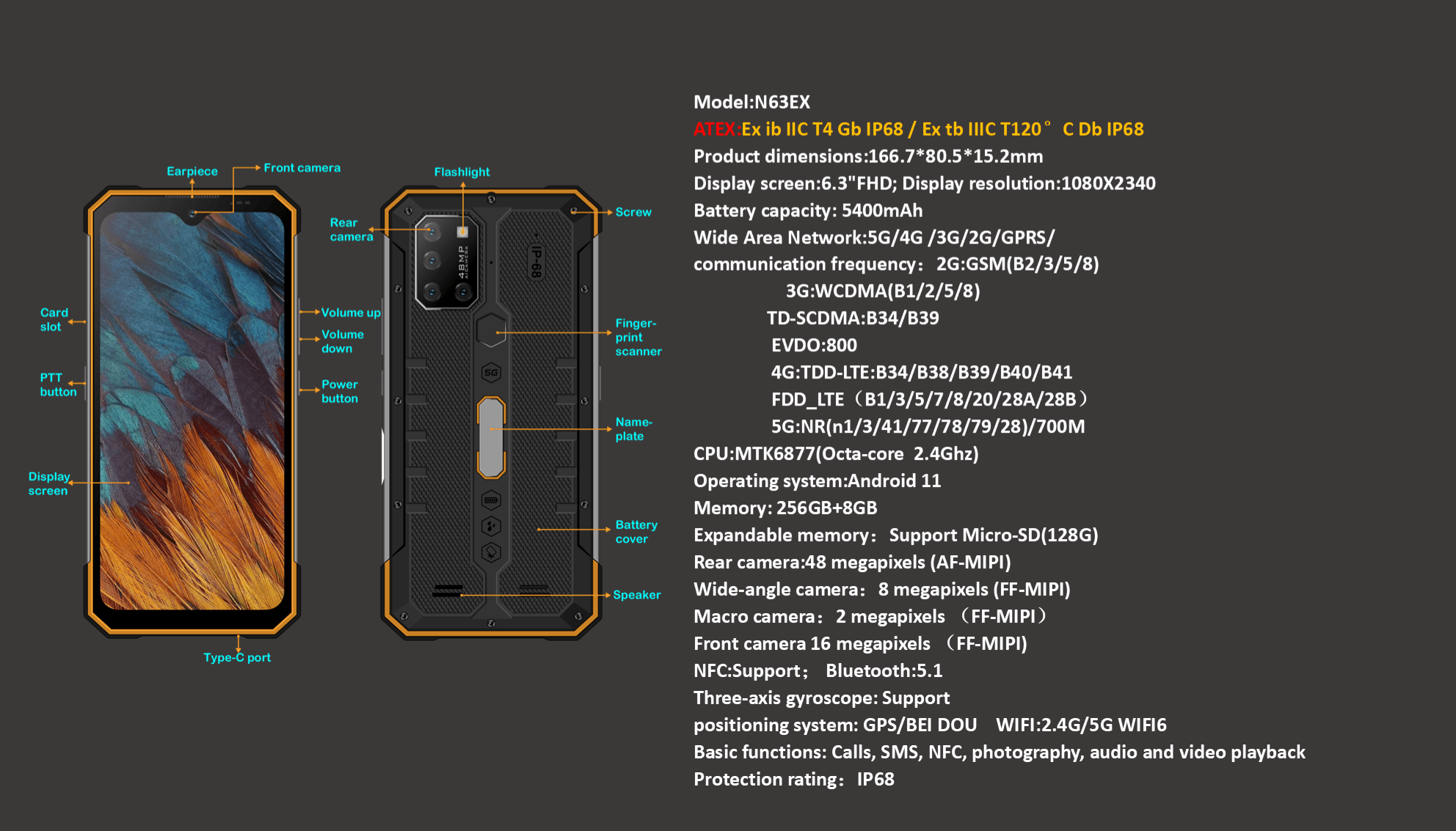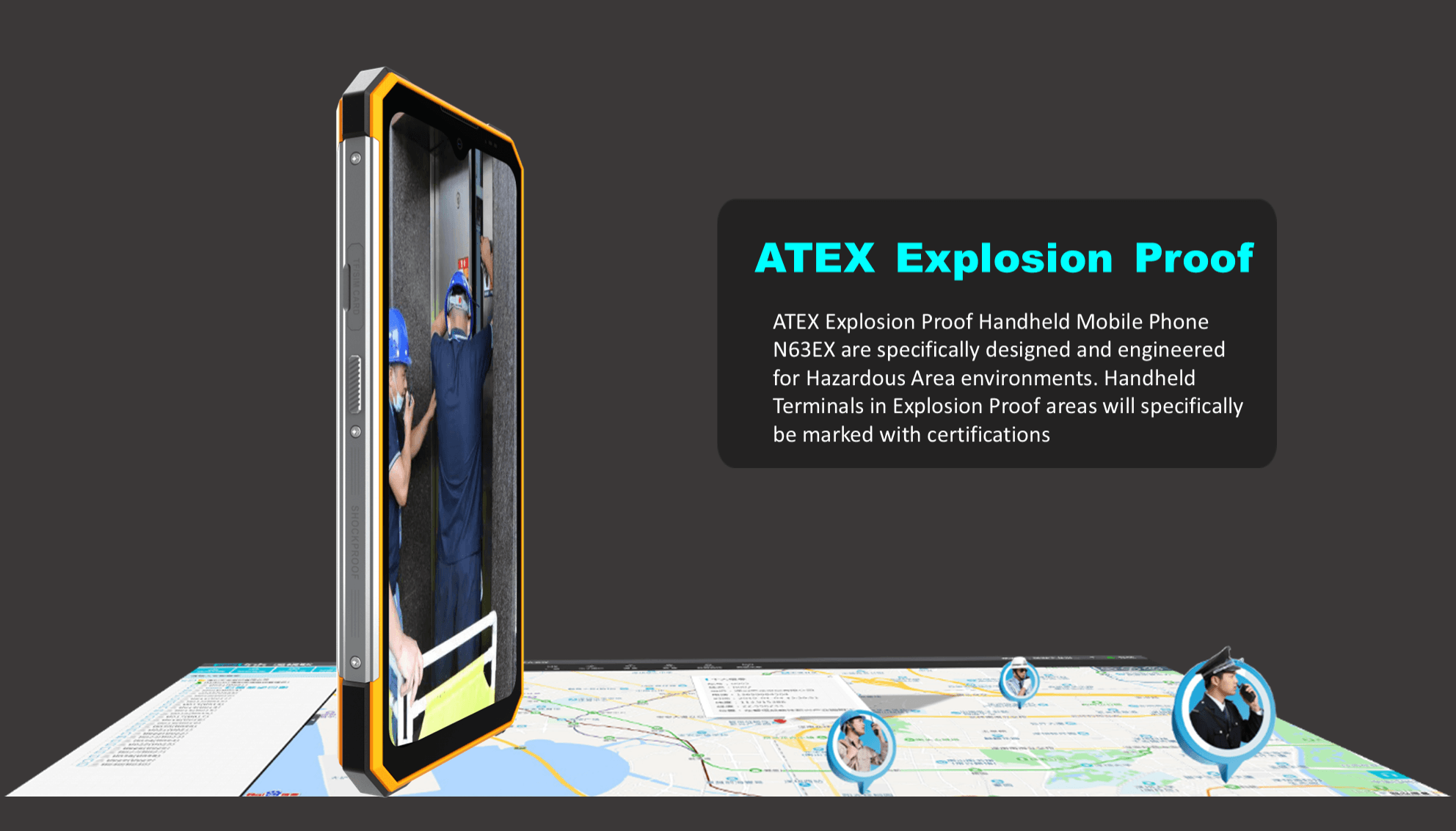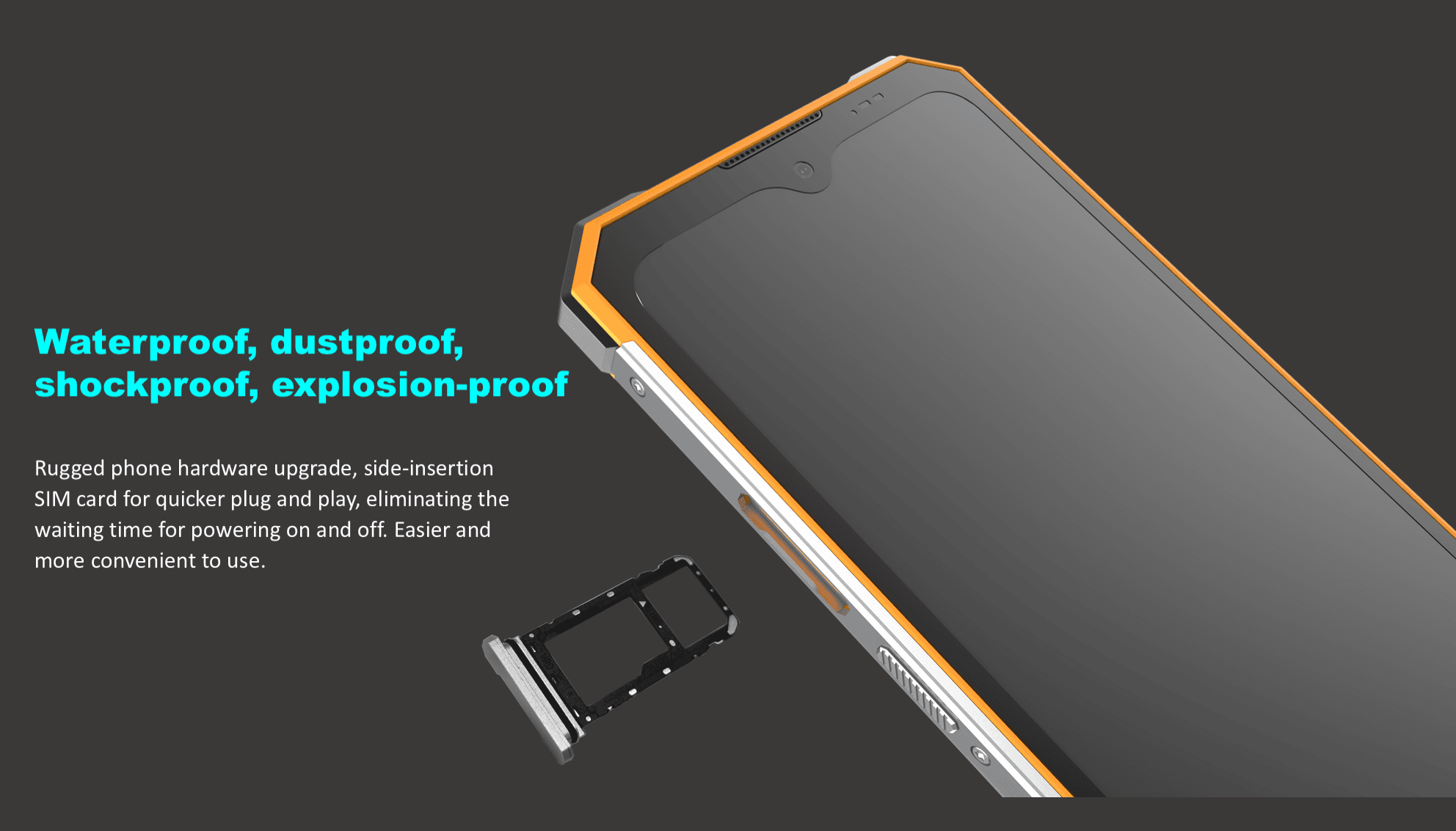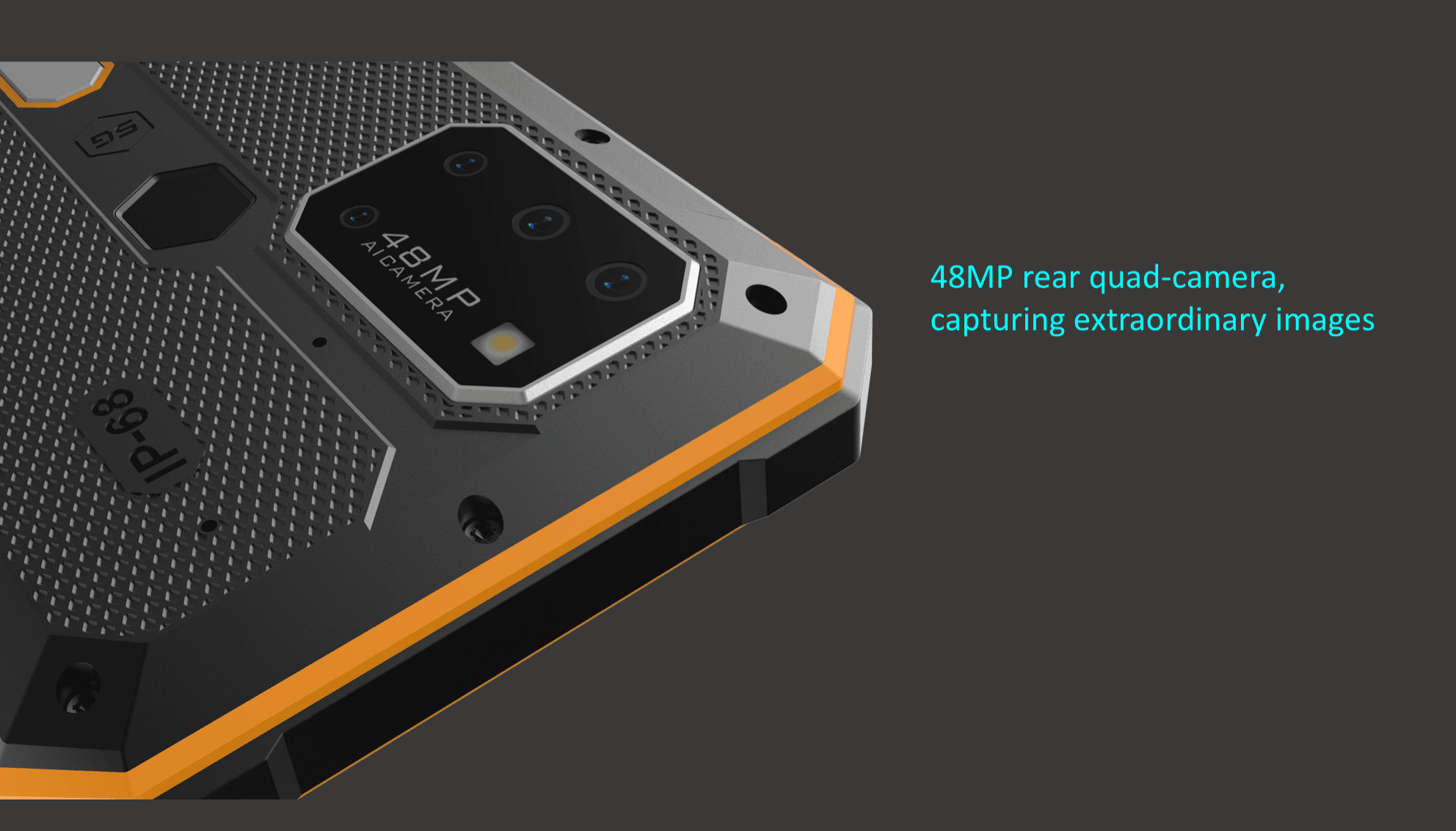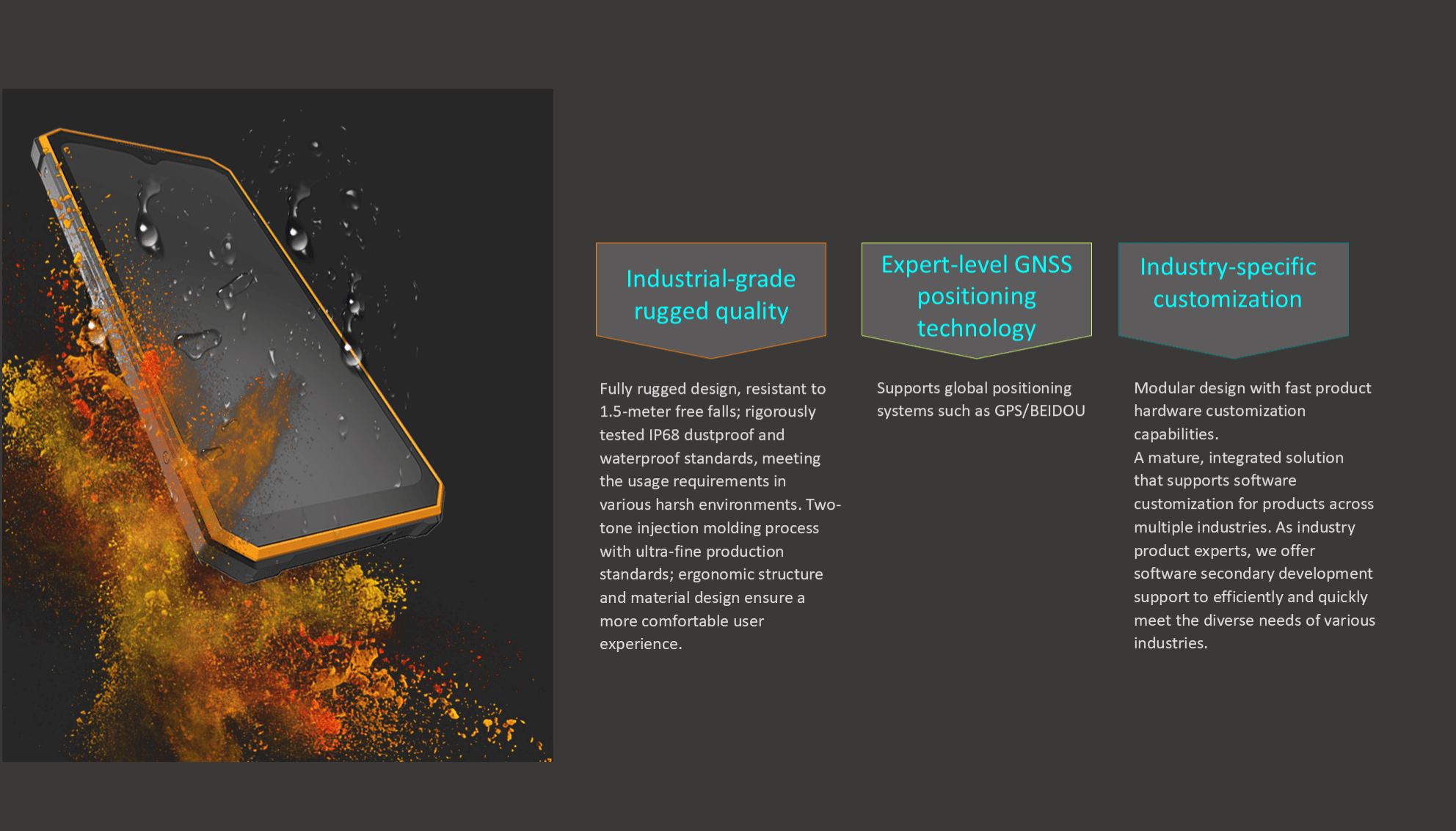Class I Div 1 Smartphones – Ultimate Safety for Hazardous Areas
Introduction
Intrinsically Safe Mobile Phone In hazardous industrial environments—such as oil refineries, chemical plants, or mining facilities—workers rely on technology that ensures both safety and productivity. Class I Div 1 Smartphones are specialized mobile devices designed for such conditions, meeting strict safety standards to prevent ignition of flammable gases or vapors.
These smartphones provide advanced communication, data management, and safety features that allow workers to stay connected and efficient without compromising explosion protection. In this article, we’ll explore the key benefits, design principles, certification standards, and use cases of Class I Div 1 Smartphones, helping industries make informed decisions about rugged mobility solutions.
Understanding Class I Div 1 Certification
To understand the importance of Class I Div 1 Smartphones, it’s essential to know what the classification means. The Class/Division system, primarily used in North America, defines the level of hazardous risk in a location.
Class I: Areas where flammable gases or vapors may be present.
Division 1: Environments where such substances are continuously or frequently present during normal operations.
Therefore, a Class I Div 1 environment poses a high risk of explosion. Smartphones used here must be designed to prevent sparks, excessive heat, or static discharge—any of which could ignite the atmosphere.
Explosion-Proof Design and Engineering
Class I Div 1 Smartphones are built with safety-first engineering. These devices differ significantly from consumer smartphones in both internal and external design aspects:
Encapsulation Technology:
Internal circuits are enclosed within protective materials to isolate any electrical sparks.
Temperature Control:
Devices are engineered to operate within safe temperature limits, ensuring they don’t become an ignition source.
Anti-Static Exterior:
The outer casing is designed with anti-static and anti-spark properties, suitable for volatile atmospheres.
Rugged Casing:
Typically compliant with MIL-STD-810G or higher standards for shock, vibration, and impact resistance.
IS Mobile Phone Key Features of Class I Div 1 Smartphones
Modern Class I Div 1 Smartphones are much more than safe communication tools—they integrate cutting-edge features for productivity and digital transformation in industrial environments.
1. Durable Construction
Made with industrial-grade materials, these devices can survive drops, extreme temperatures, and moisture.
2. High-Resolution Cameras
Some models include explosion-proof cameras for photo documentation in hazardous zones.
3. Connectivity Options
Support for 4G/5G, Wi-Fi, and Bluetooth ensures seamless connectivity in remote operations.
4. Glove-Compatible Touchscreen
Workers can use the phone while wearing gloves, essential in safety gear environments.
5. Long Battery Life
Optimized power management ensures continuous operation during long shifts.
6. Enhanced Security
Encrypted communication and MDM (Mobile Device Management) support for secure enterprise control.
Benefits of Using Class I Div 1 Smartphones
The deployment of Class I Div 1 Smartphones offers numerous operational and safety advantages:
1. Safety Assurance
The primary benefit lies in explosion protection, ensuring compliance with hazardous location standards.
2. Efficient Communication
Enables real-time voice and data transfer between teams and control rooms.
3. Digital Transformation
Supports apps for maintenance, inspection, and asset tracking, streamlining workflows.
4. Cost Savings
Minimizes equipment downtime by integrating multiple tools (camera, communication, data entry) in one device.
5. Worker Mobility
Allows safe mobility in restricted or risk-prone areas.
Class I Div 1 Smartphones
Global Standards and Certifications
While Class I Div 1 applies to North American regulations (NEC/CEC), many devices also meet international safety standards such as:
ATEX (Europe)
IECEx (Global)
INMETRO (Brazil)
CNEx (China)
Manufacturers often obtain multiple certifications to ensure that their Class I Div 1 Smartphones are globally accepted across different regulatory regions.
Industries Using Class I Div 1 Smartphones
These smartphones are crucial across industries dealing with explosive atmospheres:
Oil and Gas Refineries
Chemical and Petrochemical Plants
Mining Operations
Pharmaceutical Manufacturing
Paint and Coating Facilities
Power Generation Units
Each sector benefits from enhanced worker safety and efficient mobile data handling.
Top Manufacturers
Several renowned brands lead in Class I Div 1 Smartphones technology:
Ecom Instruments
i.safe MOBILE
BARTEC
Sonim Technologies
Aegex Technologies
These companies design smartphones meeting strict global standards while integrating smart OS platforms like Android or Windows.
How to Choose the Right Class I Div 1 Smartphone
When selecting an explosion-proof smartphone, consider the following:
Certifications:
Must include Class I Div 1 approval and ideally ATEX/IECEx certifications.
Durability Rating:
Look for IP68+ and MIL-STD compliance for ruggedness.
Performance:
Check for processor power, RAM, and software support.
Battery Life:
Choose models designed for extended field use.
Accessories Compatibility:
Availability of docking stations, chargers, and mounting options.
Integration with Industrial IoT and SCADA Systems
Modern Class I Div 1 Smartphones play a key role in industrial IoT ecosystems. They connect seamlessly with SCADA systems, wearable sensors, and cloud platforms—enabling real-time monitoring and control.
This integration enhances predictive maintenance, reduces downtime, and ensures greater operational efficiency.
Maintenance and Safety Best Practices
Even with built-in safety measures, proper maintenance is vital
Regularly inspect for physical damage or cracks.
Avoid unauthorized repairs or opening the device.
Keep software updated for the latest security patches.
Store devices in controlled environments when not in use.
Future of Class I Div 1 Smartphones
The future is moving toward more intelligent, lightweight, and 5G-enabled designs. Integration with AI-based predictive safety systems, augmented reality (AR) for training, and cloud data analytics will redefine how industries manage hazardous operations.
The goal is clear: to enhance human safety while improving operational transparency.
Smartphones for Dangerous Areas
Conclusion
Class I Div 1 Smartphones have revolutionized industrial mobility, allowing workers to operate safely within the most dangerous environments. With certifications ensuring explosion protection and features supporting modern digital workflows, these devices represent the next generation of industrial safety communication.
Investing in Class I Div 1 Smartphones is not just about compliance—it’s about building a smarter, safer, and more connected workforce.
Frequently Asked Questions (FAQs)
1. What does Class I Div 1 mean for smartphones?
It means the smartphone is safe for areas where flammable gases or vapors are present during normal operations.
2. Are Class I Div 1 Smartphones explosion-proof?
Yes, they are built to prevent ignition sources and meet explosion-proof standards.
3. Which industries use these smartphones?
Oil & gas, chemical, mining, and power generation industries.
4. Can I use Class I Div 1 Smartphones globally?
Yes, many models are dual-certified for global compliance.
5. Do they support 5G connectivity?
Yes, newer models support 5G for faster communication.
6. What OS do they use?
Mostly Android, though some use custom secure OS versions.
7. Are they waterproof?
Yes, typically rated IP68 or higher.
8. Can they be used with gloves?
Yes, most models feature glove-friendly touchscreens.
9. How long does the battery last?
Between 8 to 20 hours depending on usage.
10. Are there explosion-proof cameras built-in?
Some models include certified cameras for safe imaging.
11. What is the weight of a typical Class I Div 1 Smartphone?
Usually between 250–400 grams.
12. Do they have GPS functionality?
Yes, integrated GPS is standard for location tracking.
13. What is the warranty period?
Generally between 1–3 years depending on the manufacturer.
14. Can they connect to IoT systems?
Yes, they support industrial IoT and SCADA integrations.
15. Are software updates regular?
Manufacturers ensure periodic updates for safety and performance.
